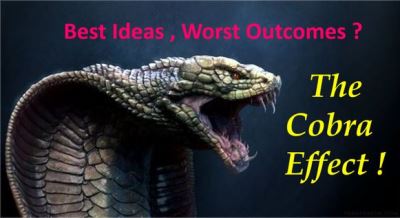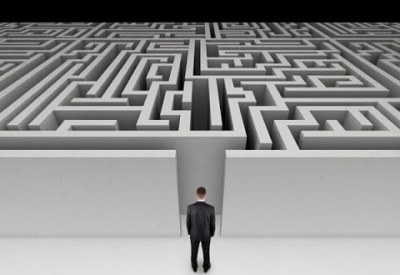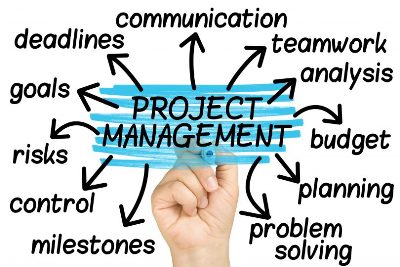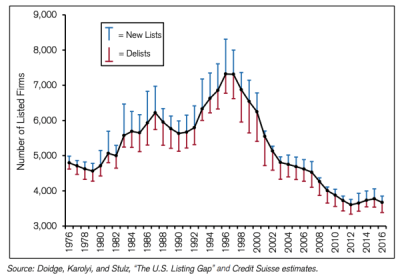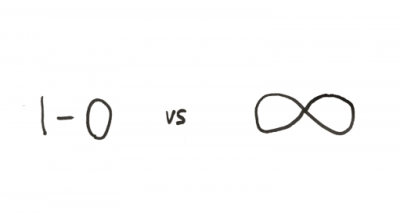As Leo Babuta reminds us in his post ‘Antidotes to Overwork‘, we need to learnt to “Do Less By Enforcing Replenishment Time“.

“Enforcing time for rest and replenishment doesn’t come naturally to most of us, especially in our society. In our world, it’s always a matter of doing more and more. It’s always connected, always cram in more, always respond. All the time.”
“How often do you take an hour or two just to go for a walk and not read or listen to anything useful? To find silence and time to contemplate? To find space for yourself, to find room to breathe? We don’t value that, but it’s so important. You can’t function at your best without it.”
Leo Babuta continues by suggesting some approaches and techniques to really find the time to replenish. What I find interesting is the recognition for the need to have some balance between very active moments and replenishment moments. Replenishment is not just relaxation it is also being open to new ideas, people, locations and thus taking the time to grow.
When are you taking the time to grow?

